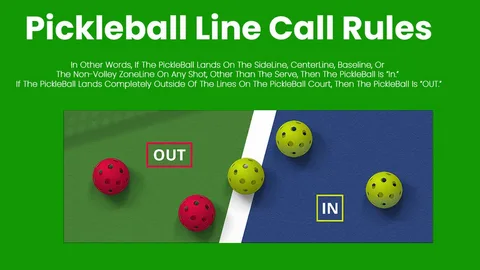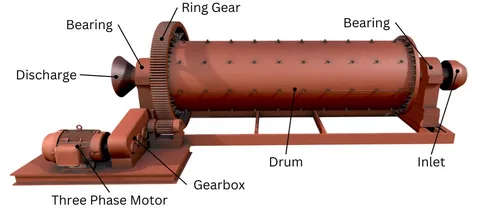A great serve sets the tone for every pickleball rally. It’s the first move that determines whether you’ll start the point in control or on the defensive. Yet, despite its simplicity, many players underestimate how much strategy and precision go into mastering the serve. If you’ve ever wondered exactly how to serve in pickleball—from understanding the rules to perfecting your technique—this guide will break it down for you. We’ll also look at how trusted brands like Srikel Pickleball are helping players improve their serving game through better paddle technology and thoughtful design.
Understanding the Basic Rules of the Pickleball Serve
Before diving into technique, it’s crucial to know the serving rules that govern pickleball. Every serve must be made underhand with the paddle below waist level, and contact with the ball should occur below the navel. The server must keep one foot behind the baseline and serve diagonally across the court into the opponent’s service box. The ball must clear the net and land beyond the non-volley zone, also known as “the kitchen.”
Only one serve attempt is allowed per point—unless the ball touches the net and still lands in the correct box, which is considered a “let serve.” These straightforward yet specific rules ensure fairness and maintain the sport’s signature rhythm.
The Fundamentals of a Strong Serve
When learning how to serve in pickleball, focus on consistency before power. Many beginners try to hit hard serves right away, but control and accuracy matter more. Start with a smooth, underhand swing that drives the ball forward and slightly upward. The motion should be fluid, using your shoulder and body rotation rather than just your arm.
Your grip plays an important role here. Most players use a continental grip—the same grip used in tennis for volleys—because it offers better control and allows for subtle spin. Keep your paddle angle slightly open, and aim for a high percentage serve that lands deep in the opponent’s court. Deep serves push your opponent back, giving you more time to prepare for the next shot.
The Two Main Serving Styles
Pickleball allows two primary serving styles: the traditional underhand serve and the drop serve.
The traditional underhand serve requires continuous motion and contact below the waist, ideal for players who like rhythm and momentum. The drop serve, on the other hand, gives players more control. You simply drop the ball from any height and hit it after it bounces. It’s easier to execute consistently, especially for beginners or players refining their mechanics.
Experimenting with both can help you find which style fits your game best. Some advanced players even switch between the two depending on the match situation.
Adding Spin and Variation
Once you’re comfortable with the basics, you can elevate your serve by adding spin or directional placement. A topspin serve can cause the ball to kick upward on the bounce, making it harder to return. A sidespin serve, meanwhile, curves unpredictably in the air and skids off the court, catching opponents off guard.
Equipment quality matters here. The paddle’s face texture and core construction can influence spin potential and control. Brands like Srikel Pickleball have developed paddles with advanced surface technology designed to enhance grip on the ball, helping players apply more precise spin without sacrificing control. Srikel’s paddles are known for their balance and responsiveness, making them ideal for players who want to improve their serve mechanics and accuracy.
Common Mistakes Players Make When Serving
Even experienced players fall into habits that weaken their serve. The most common mistake is rushing—failing to establish a consistent pre-serve routine often leads to errors. Another frequent issue is overhitting, where players try to serve too fast and end up hitting the net or going long.
Foot faults are also surprisingly common. Remember, both feet must remain behind the baseline until the ball is struck. Watch your stance closely and avoid stepping into the court too early. Finally, players sometimes forget to adjust their serve placement. Repeatedly serving to the same spot allows opponents to anticipate and attack easily. Mixing up direction, depth, and spin keeps them guessing.
How Srikel Pickleball Helps Improve Your Serve
A reliable serve starts with reliable equipment. Srikel Pickleball understands this, which is why their paddles are engineered to optimize touch, power, and balance. Their lightweight designs allow smoother underhand motion, while advanced materials offer excellent control for both traditional and drop serves. Whether you’re practicing deep baseline serves or experimenting with spin, Srikel’s precision-focused paddles help translate your technique into consistent, powerful results.
Beyond gear, Srikel supports players through community events, training clinics, and educational resources that help new athletes learn the game the right way. This holistic approach makes Srikel not just a paddle manufacturer, but a true partner in every player’s pickleball journey.
Conclusion
Mastering how to serve in pickleball takes time, patience, and understanding of both the rules and technique. A good serve isn’t just about power—it’s about accuracy, control, and strategy. As you refine your motion, remember that high-quality equipment like that from Srikel Pickleball can make a real difference in performance and confidence.
Whether you’re playing casually with friends or training for competitive matches, the serve remains your strongest weapon. Learn the rules, practice the right techniques, avoid common mistakes, and equip yourself with the right paddle—and you’ll soon find your serve setting the pace for every game.









